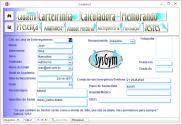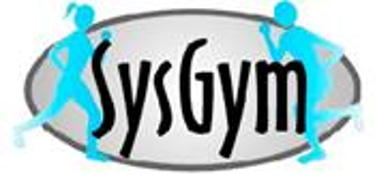Educação Física Online
Mente sã, Corpo são, Mente Aberta, Espírito Livre e Alma Pura...
Healthy Mind, Healthy Body, Open Mind, Free Spirit and Pure Soul.




Conheça a SysHealth e nossos produtos
Na SysHealth, oferecemos livros sobre educação física, além de protocolos gratuitos de composição corporal e musculação para ajudar você a alcançar seus objetivos de saúde e bem-estar.
Excelente material e suporte!
João Silva
"


Contato Rápido


Entre em contato conosco para dúvidas sobre livros e protocolos de composição corporal gratuitos.
Educação
Livros e protocolos de composição corporal gratuitos.
Musculação
Saúde
contato@syshealth.com
+55 21 99915-7778
© 2024. All rights reserved.




